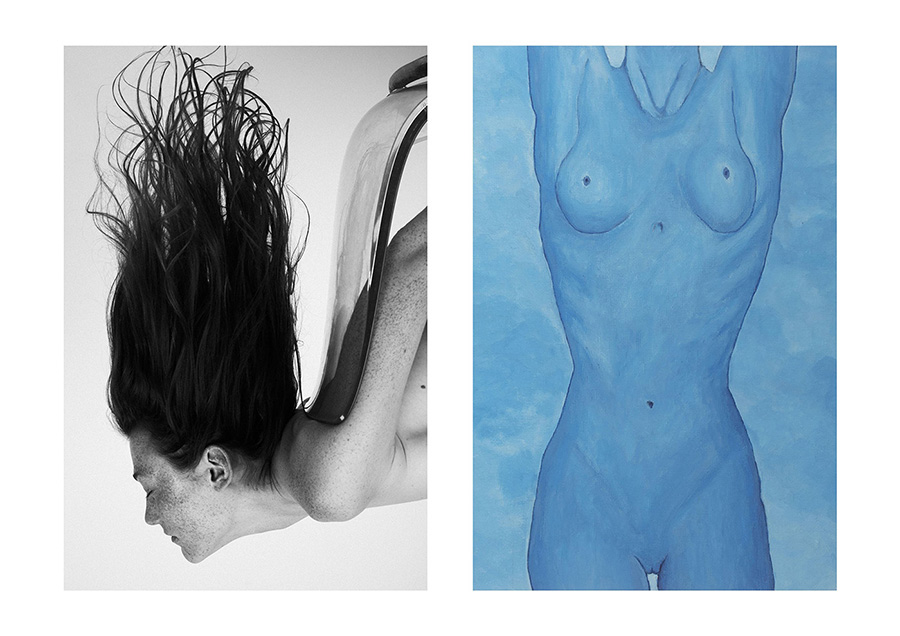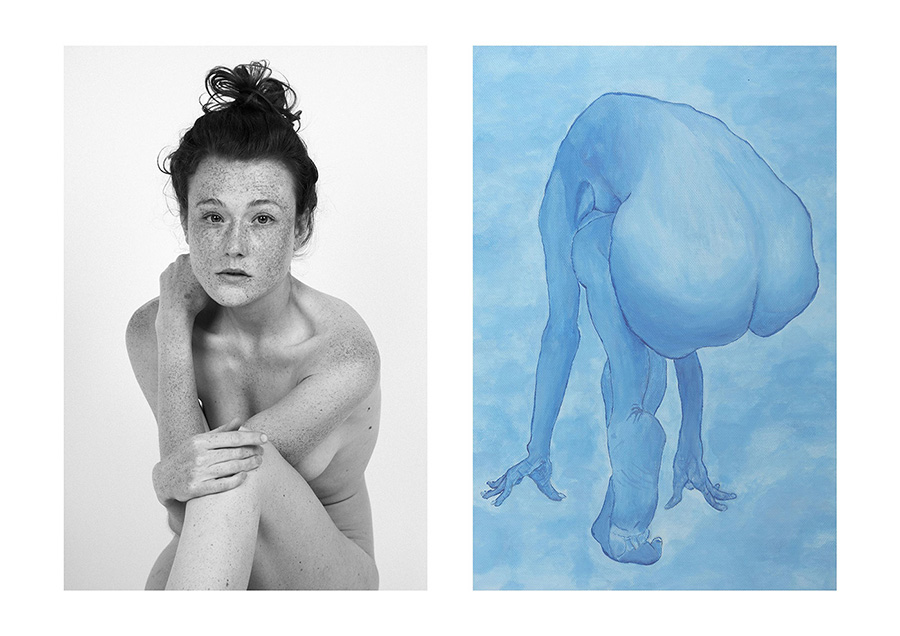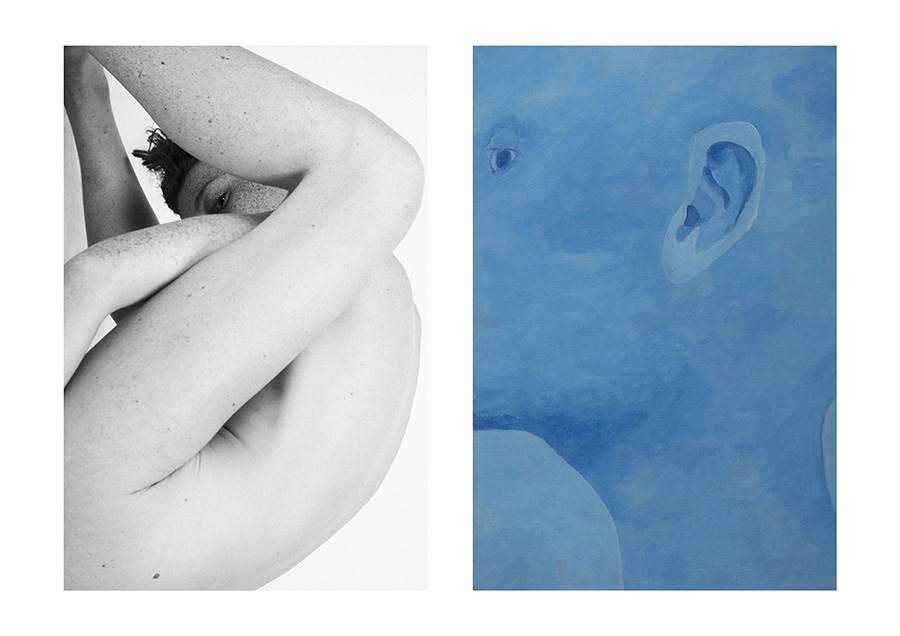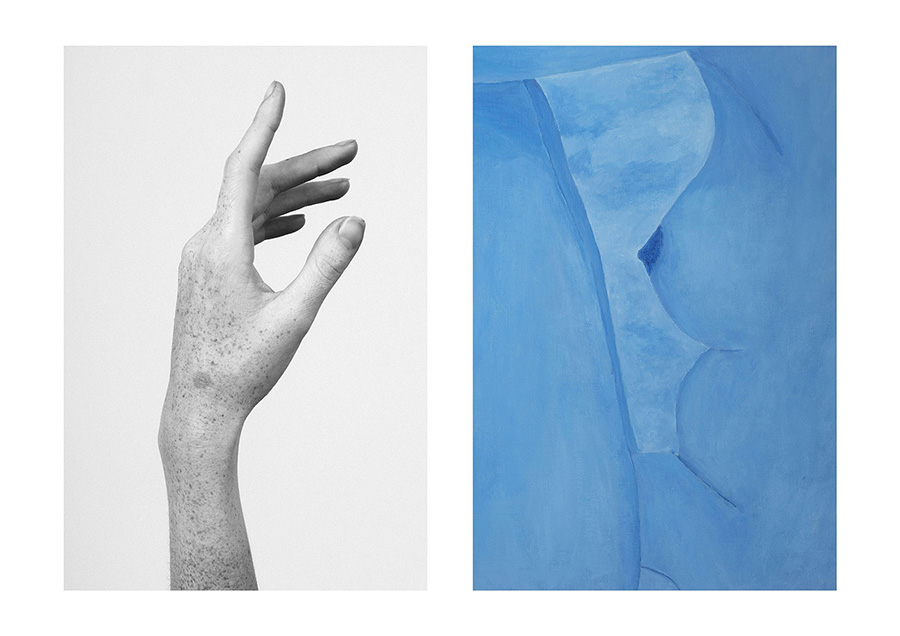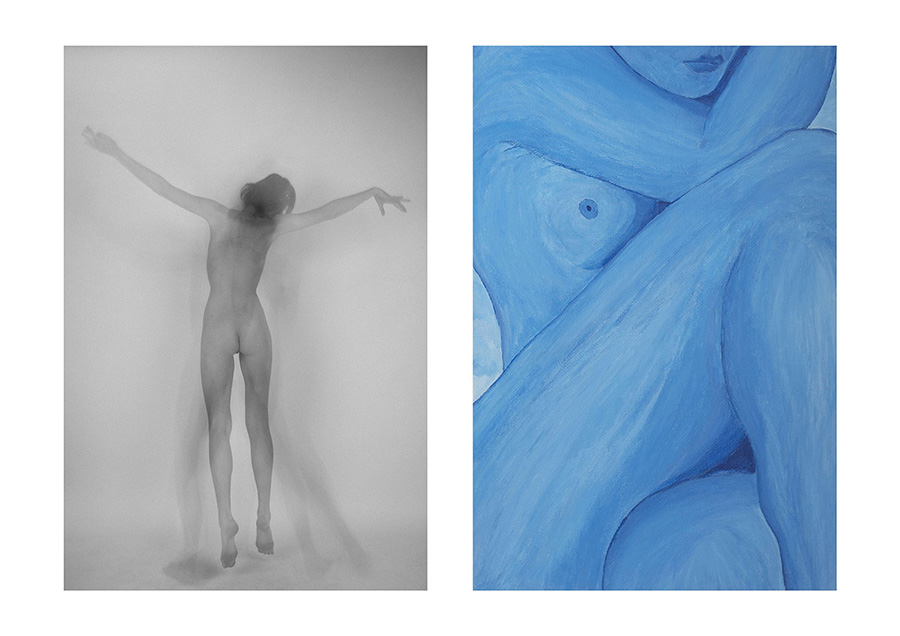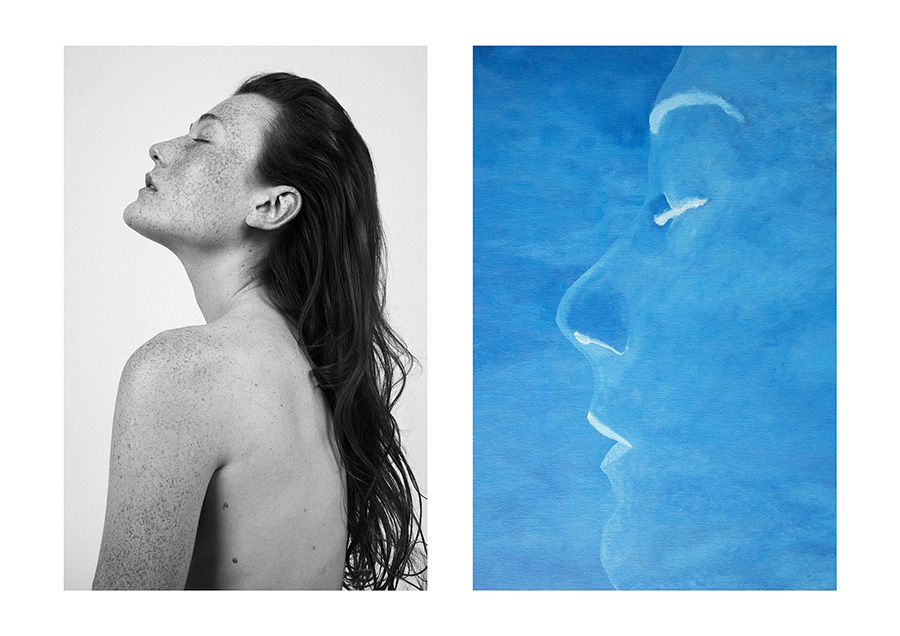Masculinity in Nudity - "Nudes", a photo book by Richard Kranzin
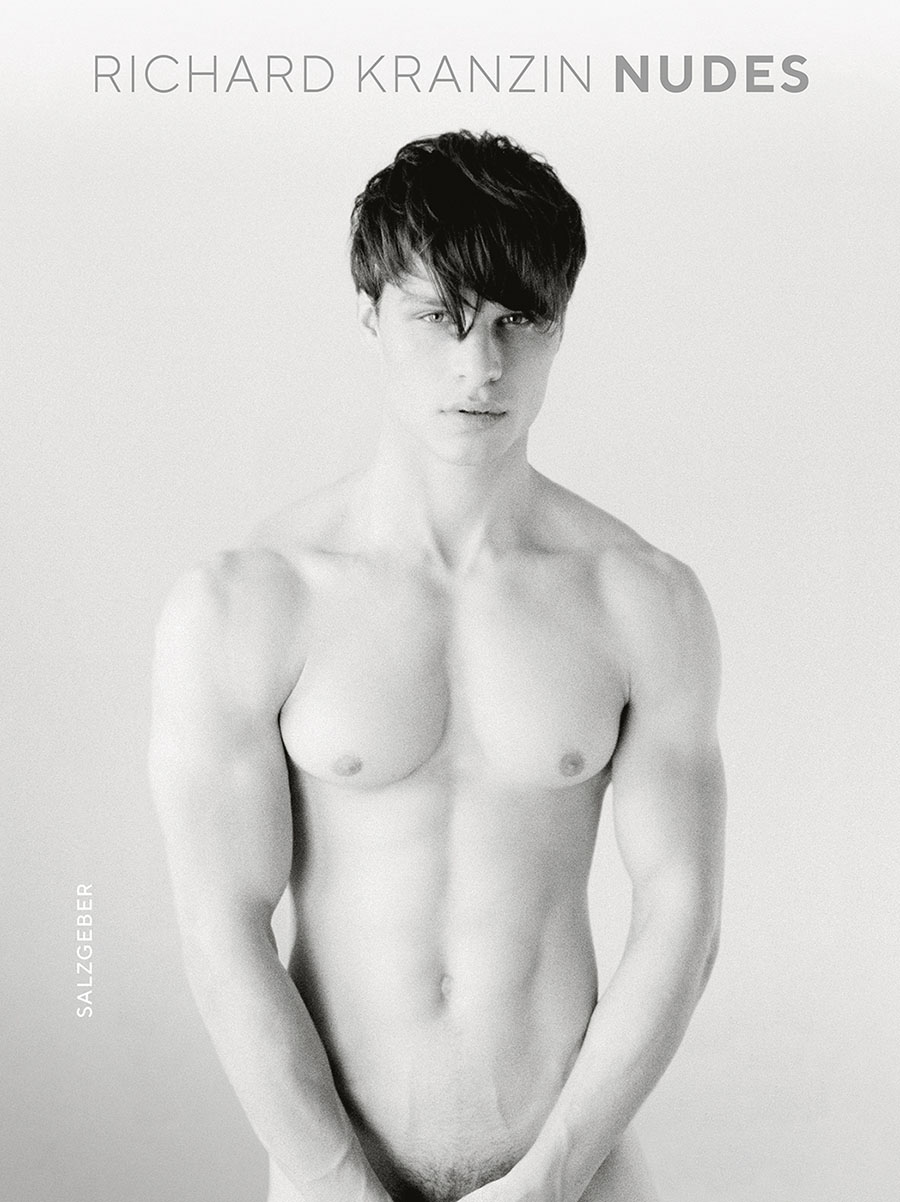
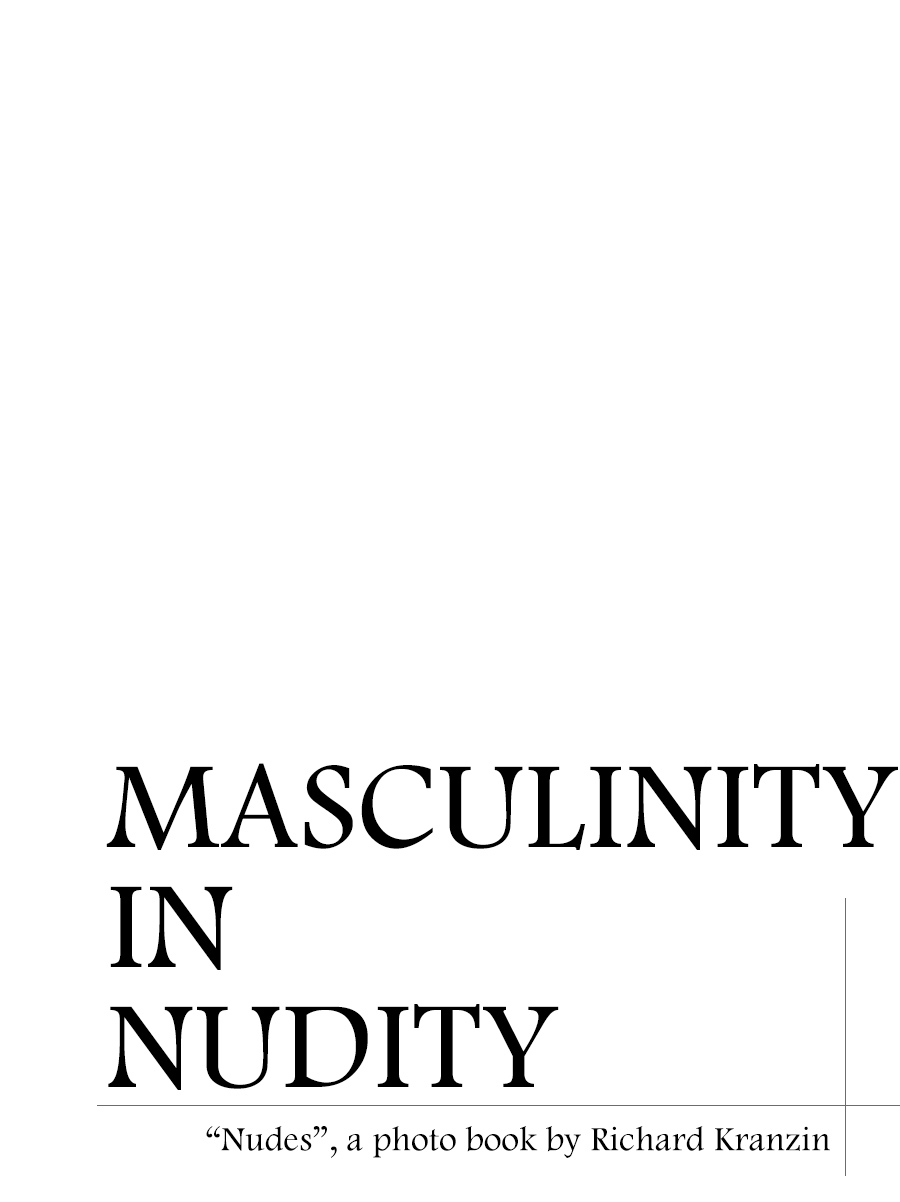
Tainting the familiar, conventional meaning of masculinity, Richard Kranzin subjects the term under his authority, twisting the established theories of how men should act and look to the benefit of the modern lifestyle. Under his direction, he infuses fragility into the cornerstones of masculinity, a testament to his compendium “Nudes”.
Rippling through the pages of his photo book, men display their virtue, virility, and vulnerability to the Berlin-based photographer. They distance themselves from how social media depicts them: Greek Gods who need to sustain their muscular, toned bodies, and nothing less than that. As Richard photographs nude men, he brews up new wisdom over masculinity: men as soft and non-sexualized beings with nudity as the highest form of intimacy.
Why did you want to explore the fragility of the masculine?
I think it comes from my childhood when my father told me to act more “masculine.” Being more sensitive or “feminine” as a young boy seemed to be something I should be ashamed of. Sadly, a lot of men can relate to that. Growing up and coming out as gay, I did not hide my vulnerable side; I felt free. Today’s perception of masculinity is changing in cultures around the world. Being masculine is becoming a very fragile statement itself and is seen from many more perspectives nowadays and showing that in my work can help to spread a new perception of masculinity even further.

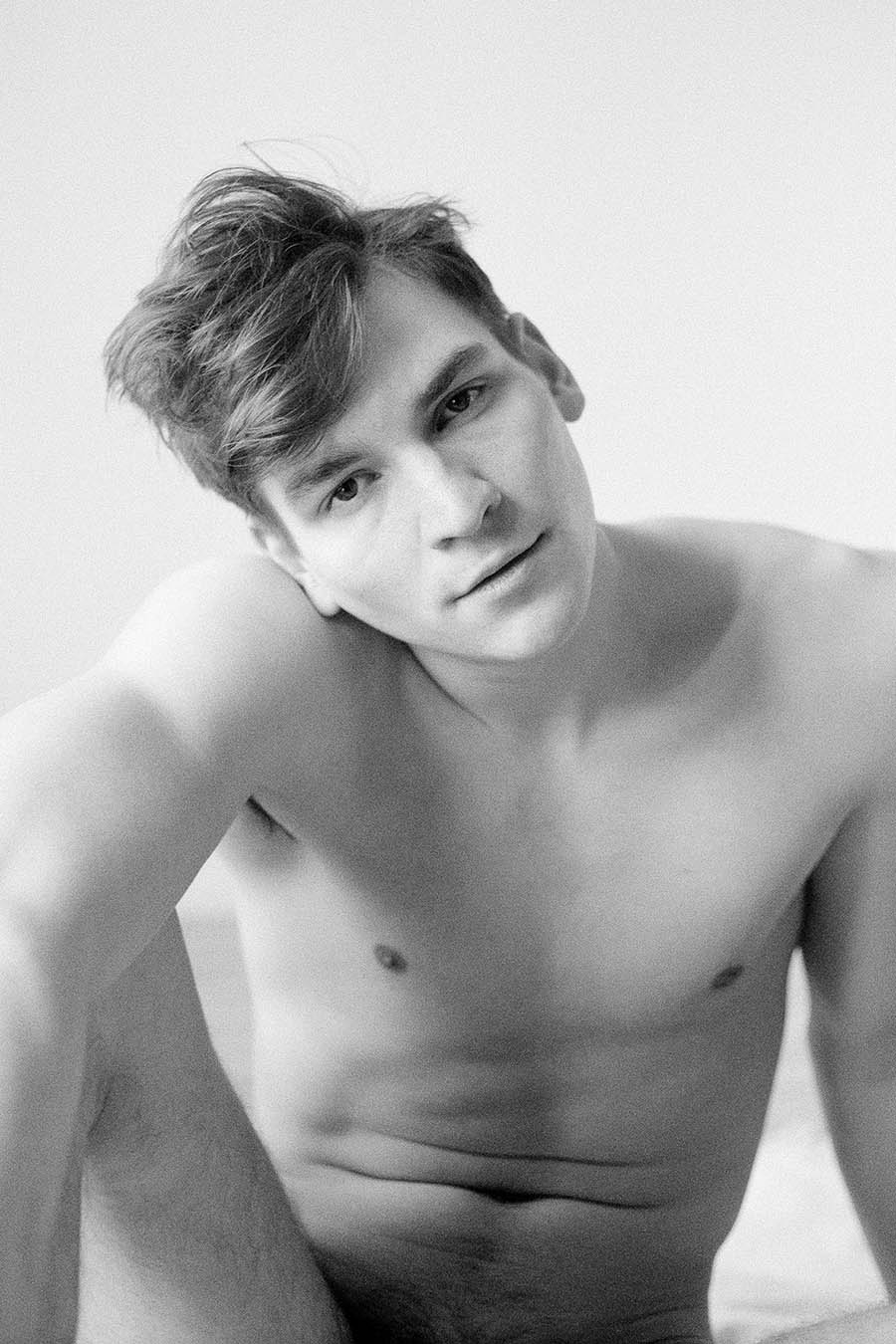
How do you perceive fragility? What relationship does it have with masculinity?
When I talk about fragility in relation to masculinity, I mean the common stereotypical thinking of what masculinity is and what happens when you do not act that way. When you look closely at the young men I photographed, you might see through their stereotyped, hard masculine shell and into their vulnerable souls. The stereotyped masculine façade becomes fragile when the models are nude and bare in front of my lens. They show themselves honestly and not disguised by outside influences.
How has the perception of masculinity changed over the years through your photographs?
When I started taking photos, I was inspired by commercialized fashion photography. I was a model myself, so I knew what the industry expected from male models and how they should look like in photos. In the 2010s their manhood and “masculinity” were viewed to resemble that of classical Greek Gods. I was always much more of an androgynous model and had the opportunity to show much more diversity and emotions in my poses than other male models. These influenced the way I started to shoot with my model friends who were not androgynous in the first place.
Having a form like a Greek sculpture does not tell a story itself. I wanted to look into the souls of the people, and I still do. While my models mostly have these classical beauty face with “masculine” model features, I always try to capture them as authentic, pure, and soulful as possible to make the difference.
Was the use of analog black and white photography in your compendium intentional? Why?
Black and white imagery gives a sense of timelessness. I love the melancholic and nostalgic air that surrounds it. In terms of creating soulful and pure images, black and white pictures help put the focus on the subject. NUDES is shot in analog black and white film intentionally. The analog image offers unpredictability and rawness and using it gives me a great feeling, so I use it in every shoot now. It separates itself from the digitalized fast world we live in.
You mentioned that your models are cut off from their commercialized self-representations on social media, from their digital identities. What discoveries did you find out about their self-representations in reality versus on social media through photography?
It was so interesting to meet my models for the first time. I only knew them from social media, so all I saw was how they presented themselves and how they wanted to be perceived. Talking with and getting personal with them in a short amount of time opened us up. Also, the nudity benefits an open conversation that I have with most of my models during a shooting. It lets me see into their souls, something that social media can never do. I hope my photos can capture the intimacy and trust that are built in these short moments last long.
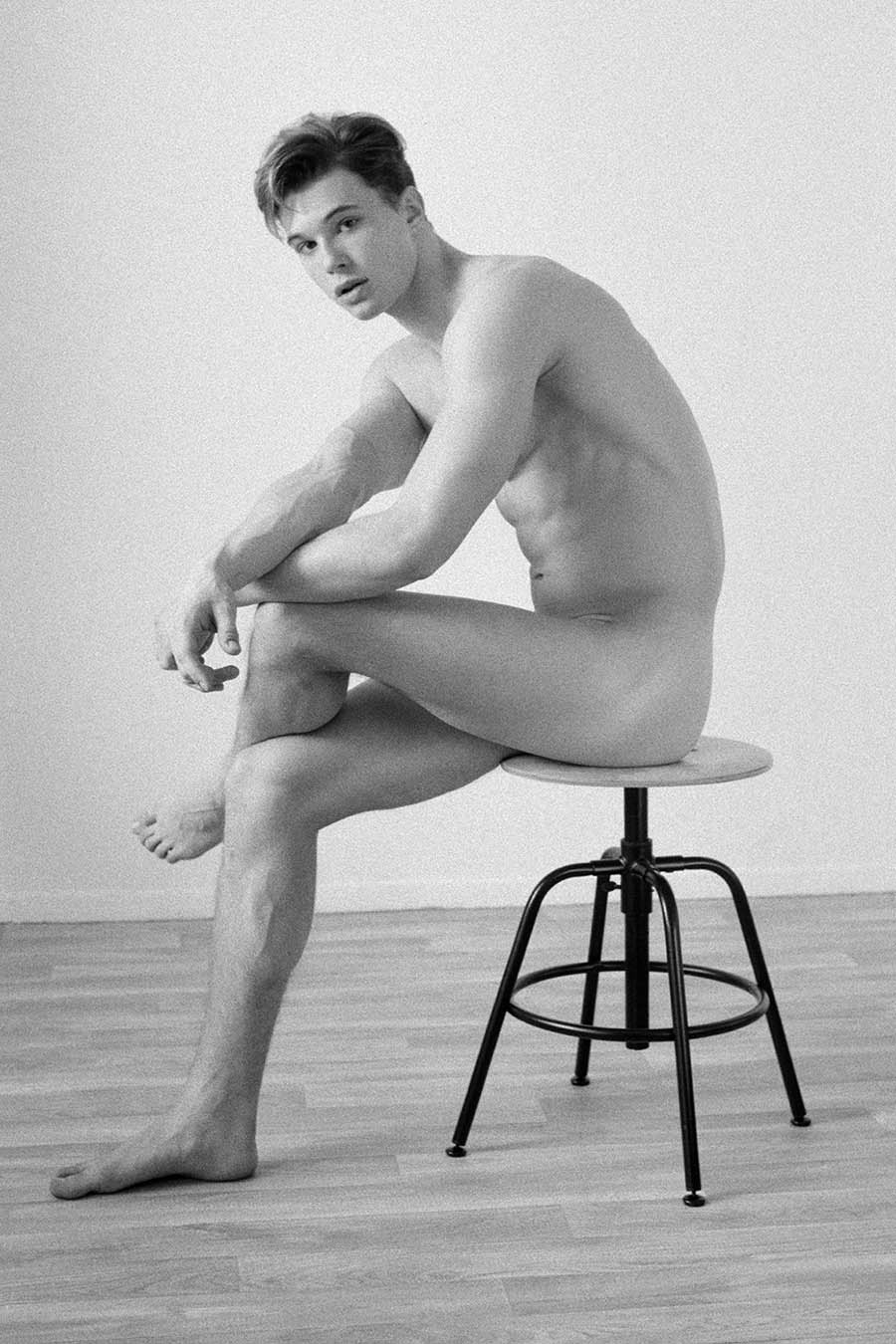

As you describe your photobook: My pictures invite you to dream of masculinity without sin, honest and authentically sensuous. Why did you say, “without sin”? Is it sinful to dream of masculinity?
Masculinity can be full of sins when the world talks about toxic masculinity, abuse, roughness, sexism, and crime in general. In NUDES, I want to create a dream bubble in which men do none of these things, a reason my book is bright, with few contrasts, and feels very airy. I tried to show masculinity as a soft, non-sexualized statement – without sin, so to speak.
During the shoot, you decided which position, posture, look, and mood the finished picture and models should convey, thus evoking rawness and intimacy. How did you establish your relationship with your subjects?
As I mentioned earlier, it deals with a lot of speaking with and explaining my project to them. During the shooting, I kind of let the models go with the flow. Not all of the poses are instructed; I let them move, and I adjust my photos around the mood. What I did was I gave them a mood or feeling, even putting on some ambient music to get them into a melancholic mood. I see myself more as a director, encouraging the actor in a certain situation to take on spontaneity.
Speaking of intimacy, how do you perceive and define nudity? In what way does it relate to non-intimacy?
Nudity is the highest form of intimacy to me. I do not like it when it becomes non-intimate and only focused on showcasing oneself. Being nude on photographs should always come with an intimate and personal feeling to it.
After this project, what is next for Richard? Are you planning to continue with the project?
Thinking about the future gives me a lot of pressure. My inspiration always comes from a kind of nostalgia that honors the past. My posts on Instagram are mostly images from previous years. I love going through my archives instead of chasing trending photos for the likes. It drives most of my models crazy to wait for so long before I post, but that is just how I work.
I am still taking a lot of new photos, but I am not thinking about a future project yet. It might be next year; it might be in five years. What I do is I look at a body of work from the last few years and then figure out how I can present it as a cohesive collection. This is how my books BOYS IN NATURE and NUDES developed. In both cases, I realized that this could become a publication, two years after having already shot them.
One long-term project I am working on is my first feature film as a director, but writing a script is not that easy. To let you in on the development, adolescence, fragile masculinity, dreamy nostalgia, and intimate emotion will always be a part of my work.

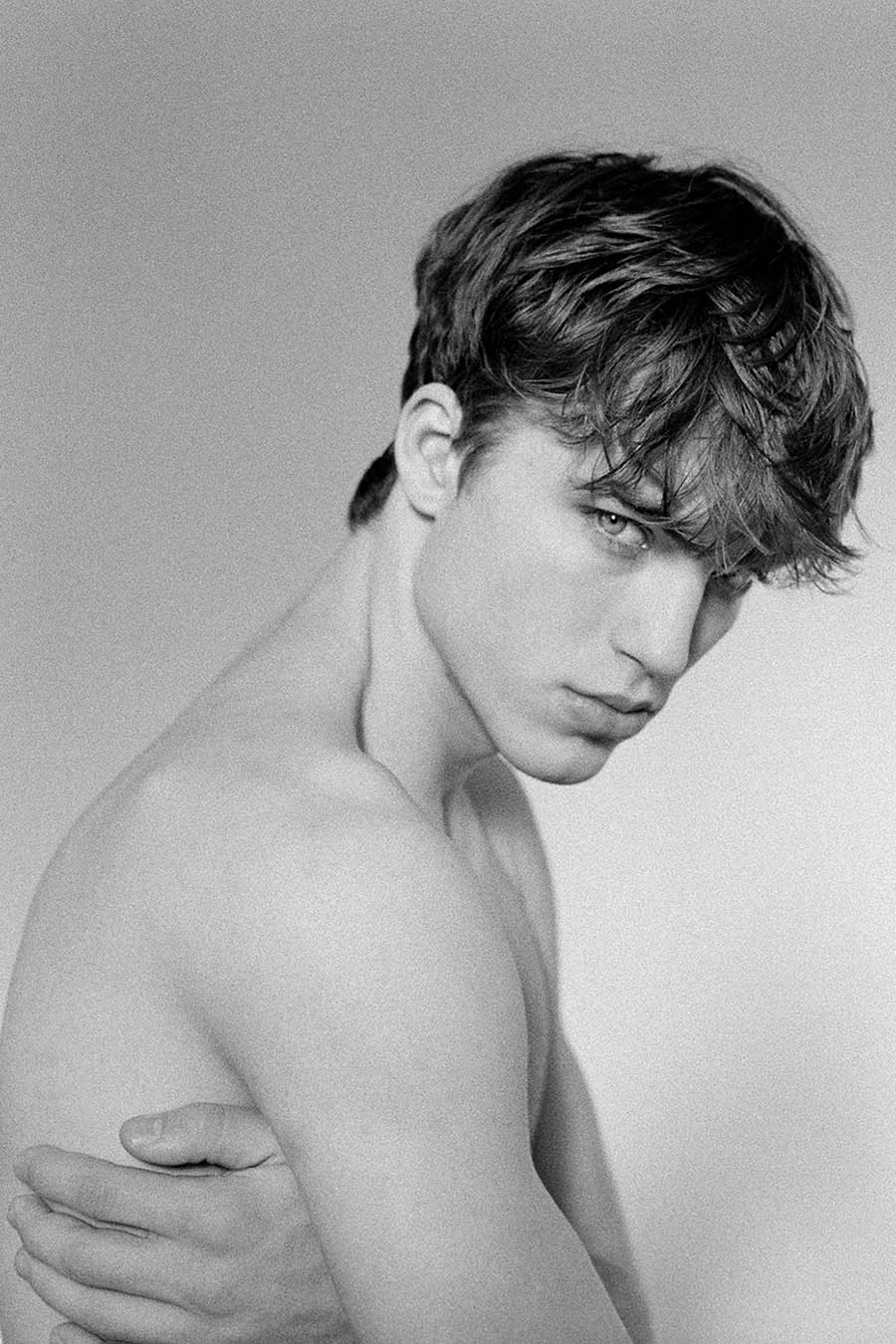
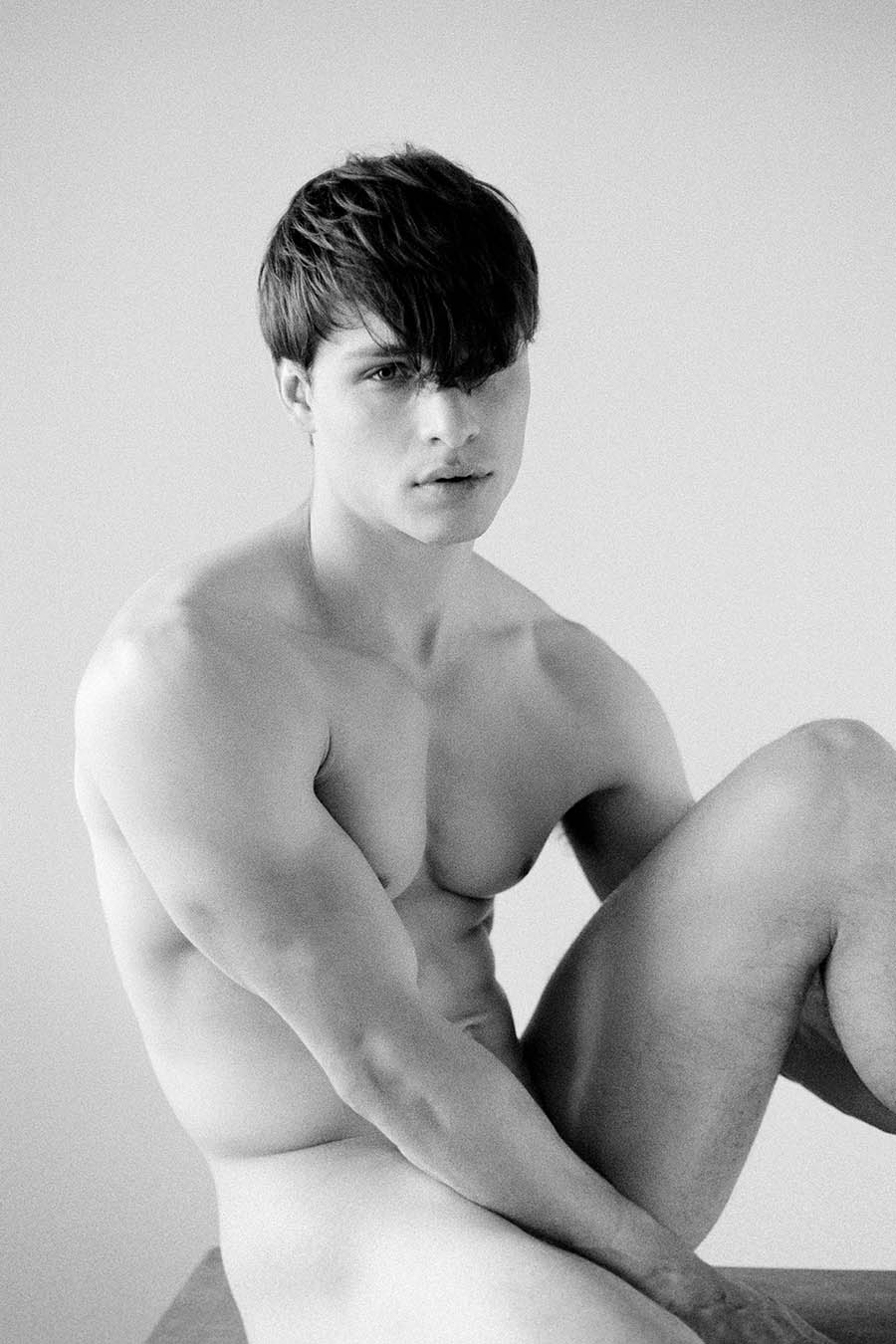

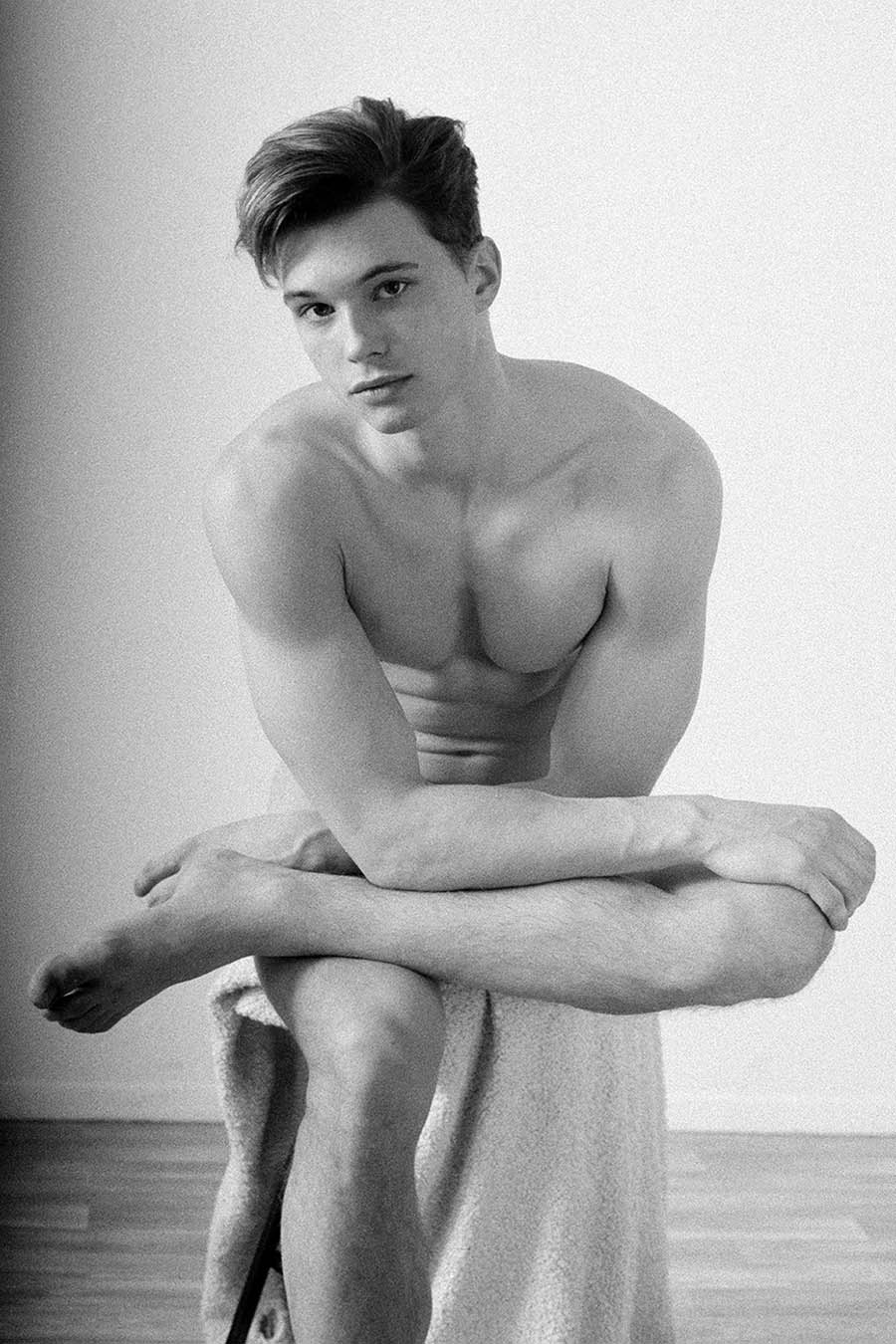
Text & Interview by Matthew Burgos
Edit by Yves Tsou
Togetherness
“I really wanted to show love in its many shapes and forms. I think what the world is missing so much is that feeling of connection between their family and loved ones. So many of us have been either separated or lost people close to us since the pandemic started (myself included) and we are all longing for that feeling of personal connection and “togetherness”.
Matthew Brookes is pleased to announce his latest exhibition titled Togetherness. With the world thrown into disarray in the wee stages of 2020, human connection has never been more valued than it is today. Togetherness is a celebration of life and love in its many forms. Between mothers, brothers, sisters and lovers, this exhibition covers the wide spectrum of relationships in which humanity is ultimately borne. Having moved to Los Angeles by way of Paris in early 2021, Matthew Brookes was struck by the innate beauty and interconnection of the residents of Venice Beach. A spirit long adored by people far and wide, this exhibition brings to light the importance of not only relationship, but environment, and how integrating oneself into a community can lead to the creation of art, friendship, and ultimately: love.
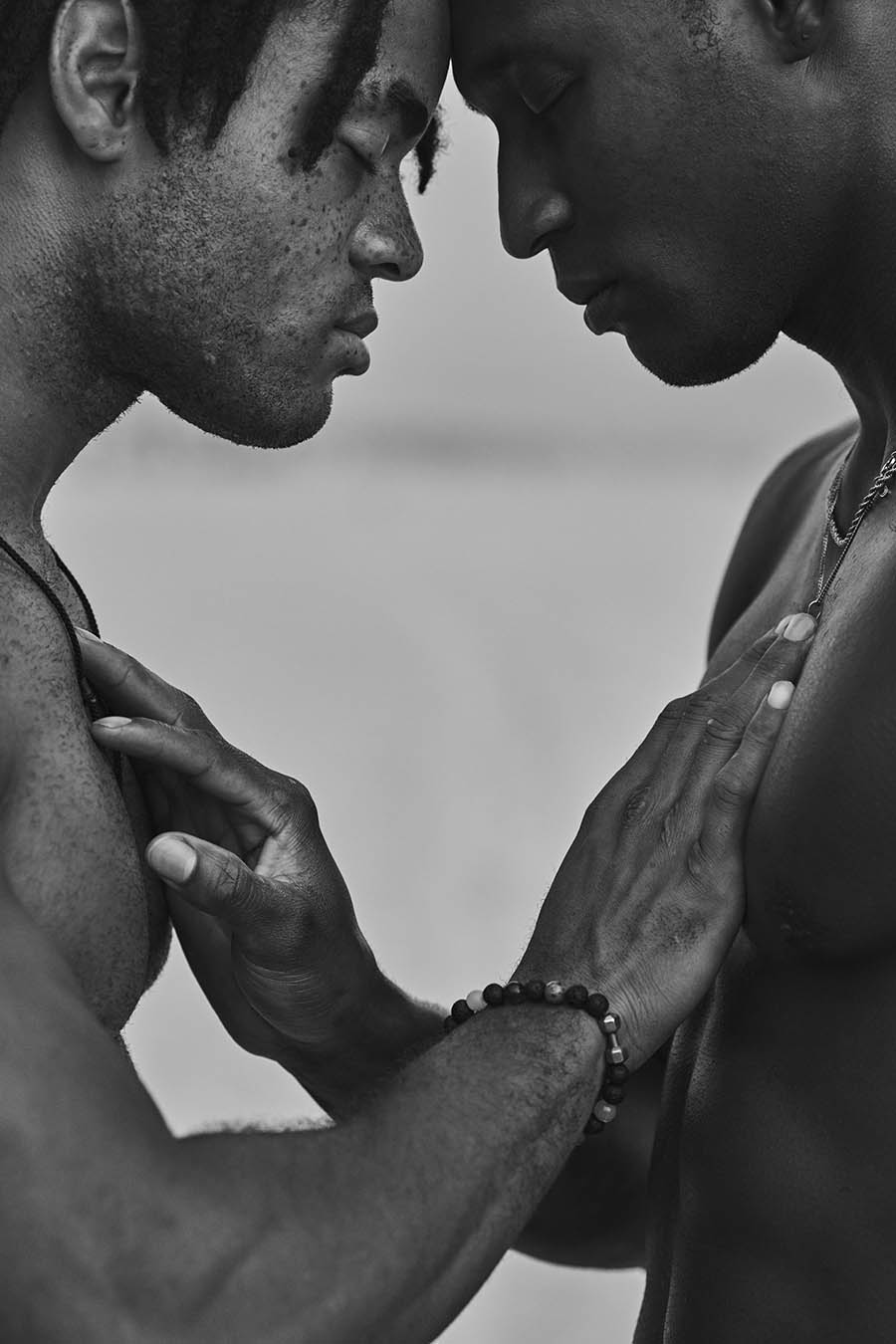
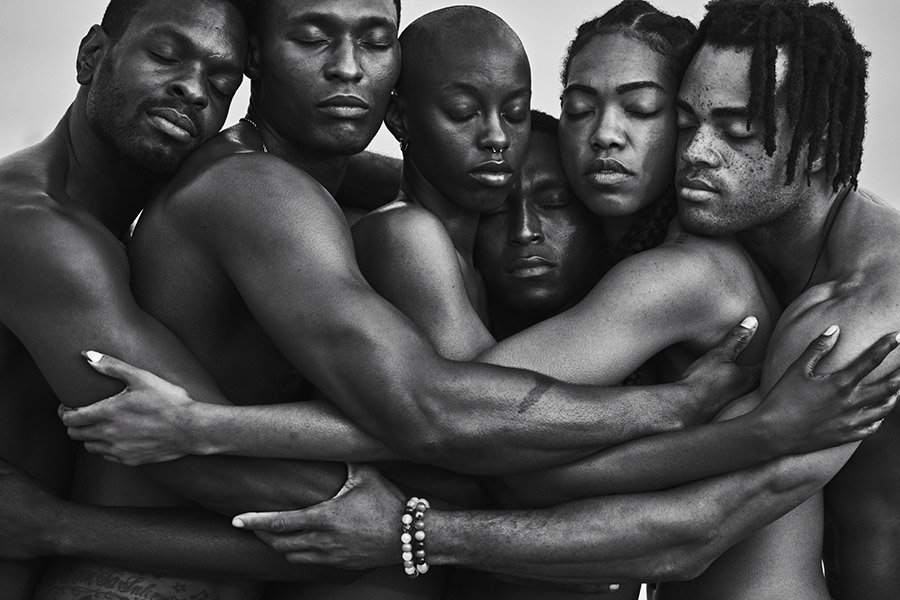
This project started out as a portrait project but what I realized very quickly is how much people wanted to be photographed with people that they loved – the result was quite profound and touching. As I was shooting I would show the subjects their portraits and they were getting very emotional. The session would start by me saying “Give each other a hug.” and we would continue from there. It was almost like a therapy session where people could express their feelings for one another – whether the relationship was family, friendship or lovers, each session got better and better.
I was living on the beach so we shot at magic hour as the sun was setting. The atmosphere on the beach was really quiet and beautiful. The whole experience seemed to be healing for everyone involved. We are aiming to raise money for homeless children in Venice Beach so any profits from the exhibition will go to a charity in Venice Beach called SPY (Safe Place for Youth).”
Matthew Brookes likes to find the emotion in his subjects before he photographs them because for him it’s as much about what he feels when they are in front his lens as to what he sees. Its about scratching below the surface and finding the real person in each portrait he creates, rather than the image the subject might feel they should project. Born in England, raised in South Africa, it was in Paris that Brookes first discovered his passion for photography. The allure of the city had a profound influence on his aesthetic as a photographer. Aside from working with celebrities and models Brookes also enjoys photographing sports men and women and dancers as he is fascinated in the human form and movement. He divides his time between Paris and New York.
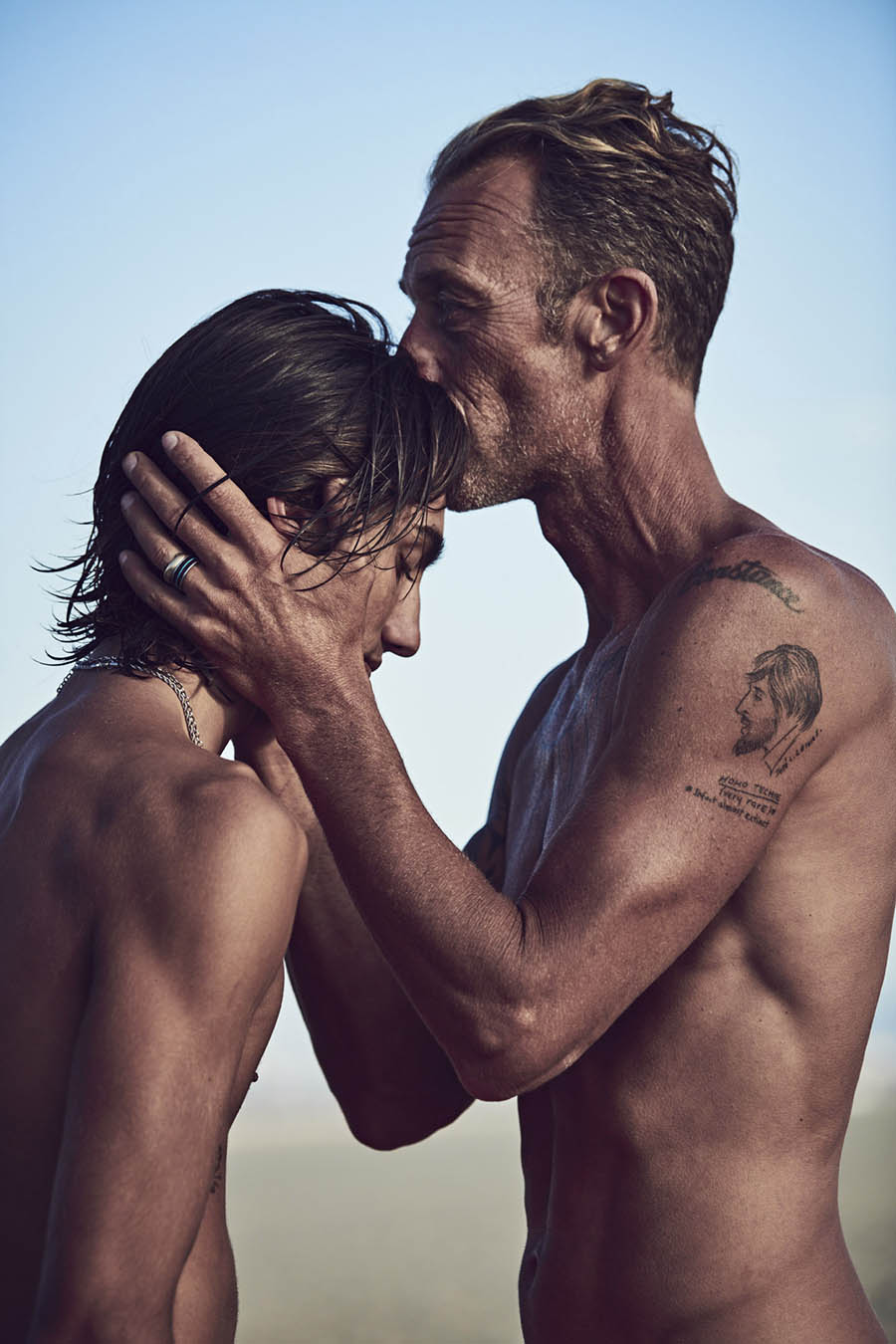
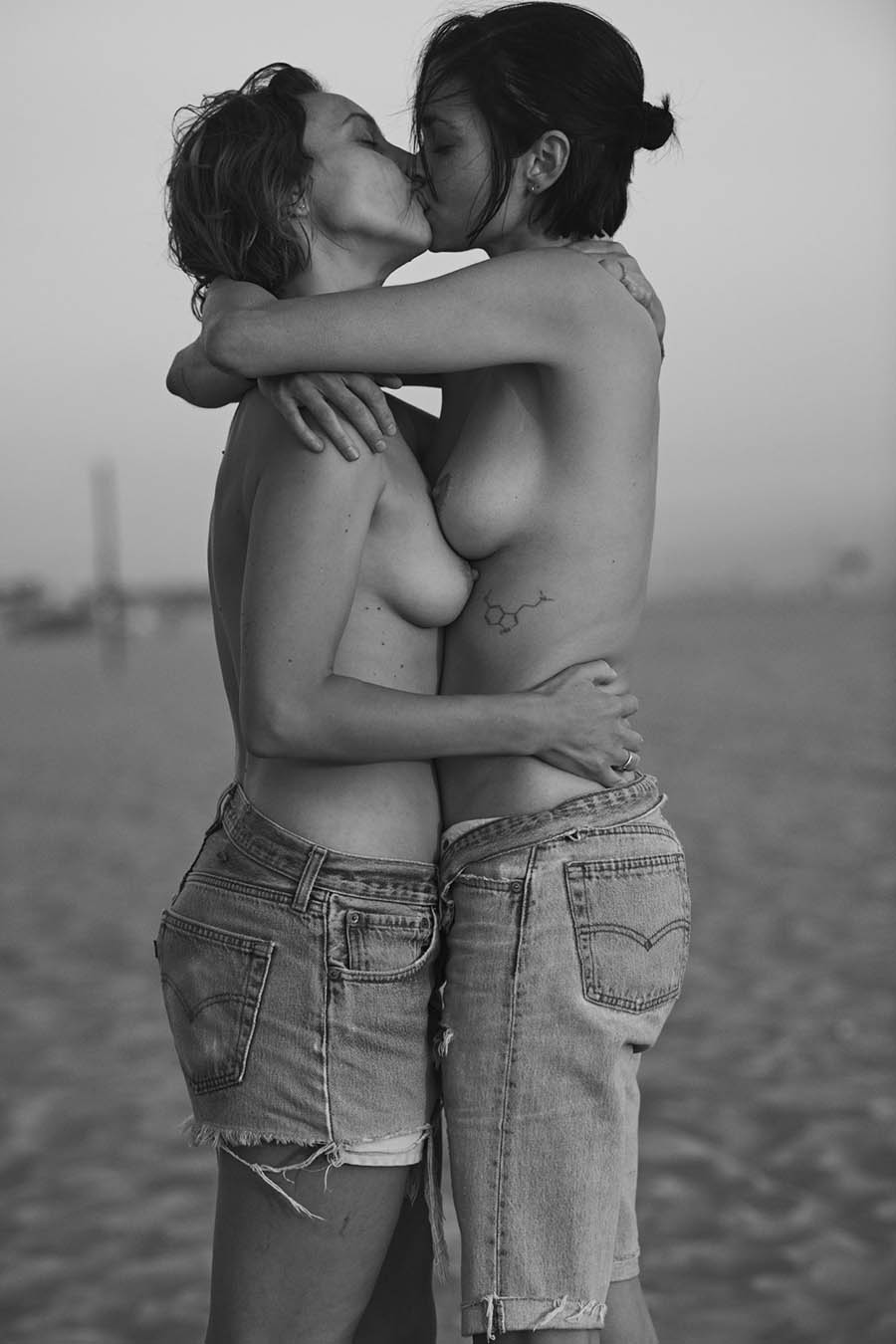


The Power of Gentleness








Photography: Akytom (@akytom_studio)
Fashion: Kirubel Belay (@kirubelbelay_)
Art Direction: Becky Namgauds (@beckynamgauds)
Make Up: Cassandra Scalia (@cassandrascalia)
Hair: Aya Kuraoka (@ayakuraoka)
Set Design: Bon Walsh (@bon.walsh)
Set Design Assistant: Hugo Harris (@hugoharris_art)
Dance Artists: Sakeema Peng Crook (@sakeemathecrook), Akti-Magdalini Konstantinou (@akti_mk), Ffion Campbell Davies (@ffioncampbelldavies)
Styling credits with thanks to/ featuring Sinead O’Dwyer (@sjodwyer)
Figures Collection
FIGURESCOLLECTION
Photography by Leni Smoragdova






Artist: Leni Smoragdova (@smoragdova) saatchiart.com/ng.leni
Women in Abstraction
Luxury fashion online retailer Mytheresa is honoured to be a sponsor of the “Women in Abstraction” exhibition, to support and give recognition to female artists around the globe.
The “Women in Abstraction” exhibition, which should be presented at the Centre Pompidou from May 19th to August 23th 2021, offers a new take on the history of abstraction- from its origins to the 1980s- and brings together the specific contributions of around one hundred and ten “women artists”.
Luxury fashion online retailer Mytheresa is honoured to be a sponsor of the “Women in Abstraction” exhibition, to support and give recognition to female artists around the globe.
The “Women in Abstraction” exhibition, which will be presented at the Centre Pompidou from May 19th to August 23th 2021, offers a new take on the history of abstraction- from its origins to the 1980s- and brings together the specific contributions of around one hundred and ten “women artists”.
Christine Macel, Chief Curator, and Karolina Lewandowska, Curator for Photography, revisit this history, and highlight the processes that made these “women artists” invisible through a chronological survey combining fine arts, dance, photography, film and decorative arts. Echoing the French exhibition title (“Elles font l’abstraction”, i.e., “They/She make(s) abstraction”), the artists are presented as full-edged actors and co- reators of modernism and its a aftermath in their own right.
“Women in abstraction is an exhibition that aims to show how female artists have been major actors and co-creators of modernity and its a aftermath, how much they have contributed to the multidisciplinarity of abstraction and thus break the cloak of invisibility that still covers many of their key contributions ”, commented Christine Macel, Chief Curator.
The exhibition shows the decisive turning points that marked the history of Abstraction and questions its aesthetic canons without redefining a new one. It also goes beyond the idea of a history of art conceived as a succession of purely pioneering practices. By giving “women artists” a new place in this history, the exhibition demonstrates its complexity and diversity.
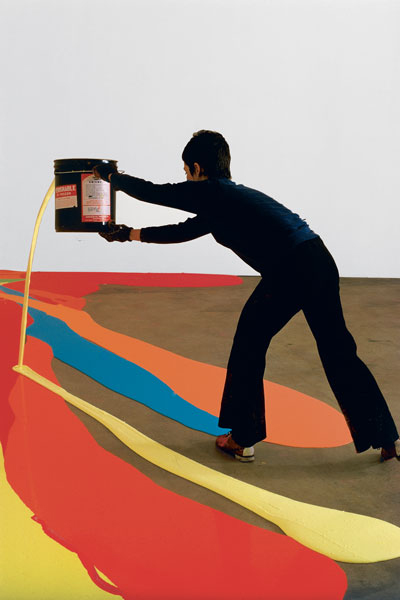
American Artist Lynda Benglis realizing a project commissioned by the University of Rhode Island, Kingston, Rhode Island 1969.
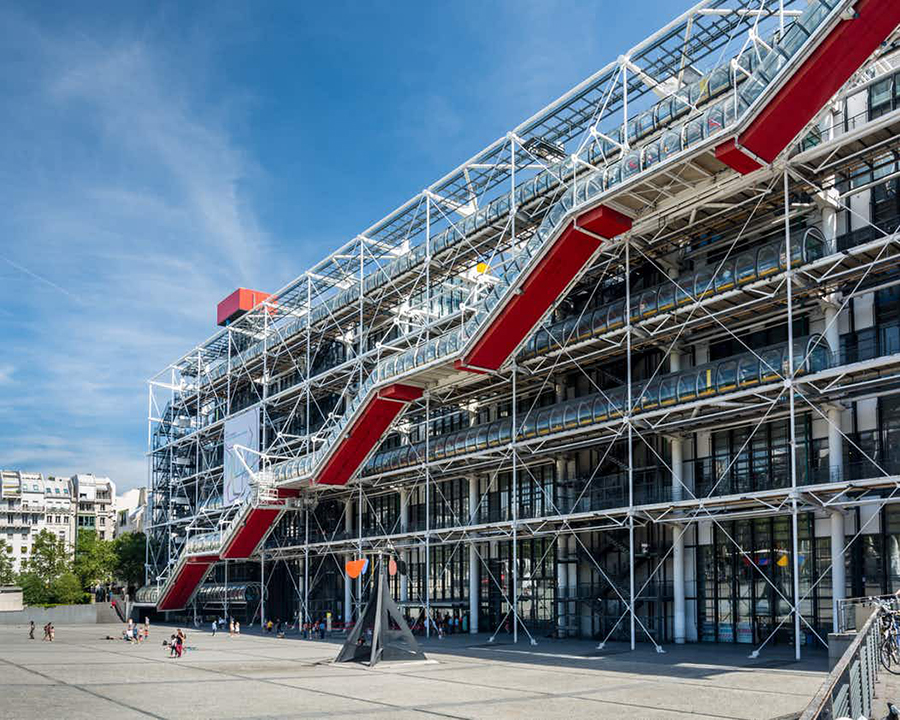
Centre Pompidou will host the exhibition “Women in Abstraction”, sponsored by luxury fashion retailer Mytheresa.
First of all, it makes an unprecedented foray into the 19th century with the rediscovery of Georgiana Hough- ton’s work from the 1860s, undermining the chronological origins of abstraction by tracing it back to its spiritualist roots. It then shines a spotlight on key figures through mini monographs highlighting artists who have been little shown in Europe or unfairly eclipsed. It focuses particularly on the specific educational, social and institutional contexts that surrounded and encouraged or, conversely, hindered the recognition of “women artists”. The exhibition reveals why many “women artists” did not necessarily seek recognition. It considers the positions of the artists themselves, with all their complexities and paradoxes. Some, like Sonia Delaunay-Terk, adopted a non-gendered position while others, like Judy Chicago, laid claim to a feminine art.
This female version of history challenges the limitation of the study of abstraction to painting alone, which is one of the reasons why many women have been excluded, as the specific modernist approach rejected the spiritualist, ornamental and performative dimensions of abstraction. The perspective is also a global one that includes the modernities of Latin America, the Middle East and Asia, not to men on the African-American artists whose multiple voices only benefited from certain visibility from the early 1970s onwards to tell their story with sever-al voices and reach beyond the Western canon. The scenography includes documentary spaces devoted to founding exhibitions, key women actors of abstraction and celebrated critics, particularly within the feminist struggles of the 1970s and their postmodern interpretation.
The “Women in Abstraction” exhibition also raises several questions. The first concerns the very term of the subject: what exactly is abstraction? Another deals with the causes of the specific processes that made women invisible in the history of abstraction that still prevails today. Can we continue to isolate “women artists” in a separate history when we would like this history to be polyvocal and non-gendered? Lastly, the exhibition establishes the artists’ specific contributions, whether pioneers or not, but in all cases stakeholders in this particular, original and unique history.
The “Women in Abstraction” exhibition will be presented at the Guggenheim Museum Bilbao, Spain, from October 22nd 2021 to February 27th 2022 with the collaboration of Curator Lekha Hileman Waitoller. Based on the collections of the Musée National d’Art Moderne, another version will open in April 2022 at the Centre Pompidou x West Bund Museum in Shanghai, China.
Le Grand Bleu






Le Grand Bleu
Hilde van Mas and FJBAUR transform WURST into a living sculpture at the interface of art and fashion in a photographic-sculptural-textile way. The body is set in a deep blue, watery and heavenly at the same time: LE GRAND BLEU as a calm, level-headed person who advocates acceptance, openness and freedom and lives it. WURST is the neoneo-humanistic figure, climbs the sculpture podium and enters into dialogue with Michelangelo’s David, as a marble icon of humanism and human freedom. The blue skin and the textile applications as an abstract, painterly pole cover the living body; an oscillation between art and life, material and transcendent comes into effect. WURST is the soaring blue being draped by flowing threads of color, and also the mask-like hybrid creature between the worlds. No polarizing black and white, but open, free, large blue








Artist: Conchita / TOM / WURST (@conchitawurst)
//
Photography: Hilde van Mas (@hildevanmas)
Art Pieces & Outfit: FJ Baur (@fjbaur)
Styling: Julia Philippitsch (@jpheg)
HMUA: Sarah Bzoch (@sarah.bzoch)
Art Text: Barbara Steininger (@barbara.steininger)
Photography Assistant: Bogdan Zhvalevskiy (@addi_tph)
Location: F6 Studio (@f6theopenfactory)
Videography: Emil Scheichenbauer (@zehnzwanzig)
Lucente

“When we look at the world, we do it with the awareness of carrying out an action towards what’s in front of us. For this reason we travel, visit museums and even return to the same places sometime after.
What we are looking at stops before us with a call, asking for an undetermined waiting time that comes with a simple assumption: we can’t have enough of it.
Being in that room, on that beach or sitting on that bench right at that moment is both the result of a decision that led to a circumstance but also to a circumstance that flowed into an action. For some reason, obvious or not, we are there, listening. The way in which this happens is dictated by personal variables that push us to take a stand and to play a role, for which we have a conscious view of what is happening before us, trivially the flow of things, while forgetting everything that’s behind us. It may happen for a very long time or just for a second, but it happens all the time.
But how’s the world behind us? Who is watching us while we are living that moment? How does the visual field appear with us in the middle? These are the thoughts that come to mind while I’m shooting, portraying someone who is aware of what is in front of him but has no consciousness of what he’s producing by being there, in that exact moment. It is as if, in his distraction, he’s unconsciously posing, waiting to create radiant scenes with the surrounding environment of life that soon then runs away, with its own thoughts in motion.
Then the landscape transforms itself and takes away the presence of my model, as if it had no more memory. Maybe it will wait for others, ready to adopt a new and unique role that I won’t be able to shoot.”












Photography: Giulia De Marchi (@giulia.demarchi) giuliademarchi.com
Vulcano

“If you visit Sicily, you cannot leave without visiting the volcano. Etna is, like all active volcanoes, (in fact, even more due to its unique majesty) the meeting point between black and white, heaven and hell, beauty and terror.
Only those who have at least one window facing Etna can truly understand the primordial situation that it creates: today we are here because She allows us to do so. Here in this magical place where very little is needed to overturn the equilibrium. The locals (and even more the visitors) are very small and that’s how I wanted to picture them: like curious non-entities made of colours, smells and sensations of a land that boils from within.
Even more than any other photograph I made, the human element here is truly just a silhouette, a figure wandering around. I see them starting their walk with a promise to themselves to make, this time, a mystical journey and they end up, perhaps, talking of everyday things. Isn’t this what follows a moment of spirituality? Descending into everyday life while observing the climate and the landscape?
In this same way I imagine the inhabitants: the same ones which have at least one window facing Etna and meditate on those silhouettes that wander around, perhaps I consider them a little naïve for being there and just thinking of who knows what. But in the end, it makes no difference whether the thoughts at stake are deep or not, mystical or futile. It only matters the Volcano with its black and scorching earth.”














Photography: Giulia De Marchi (@giulia.demarchi) giuliademarchi.com

